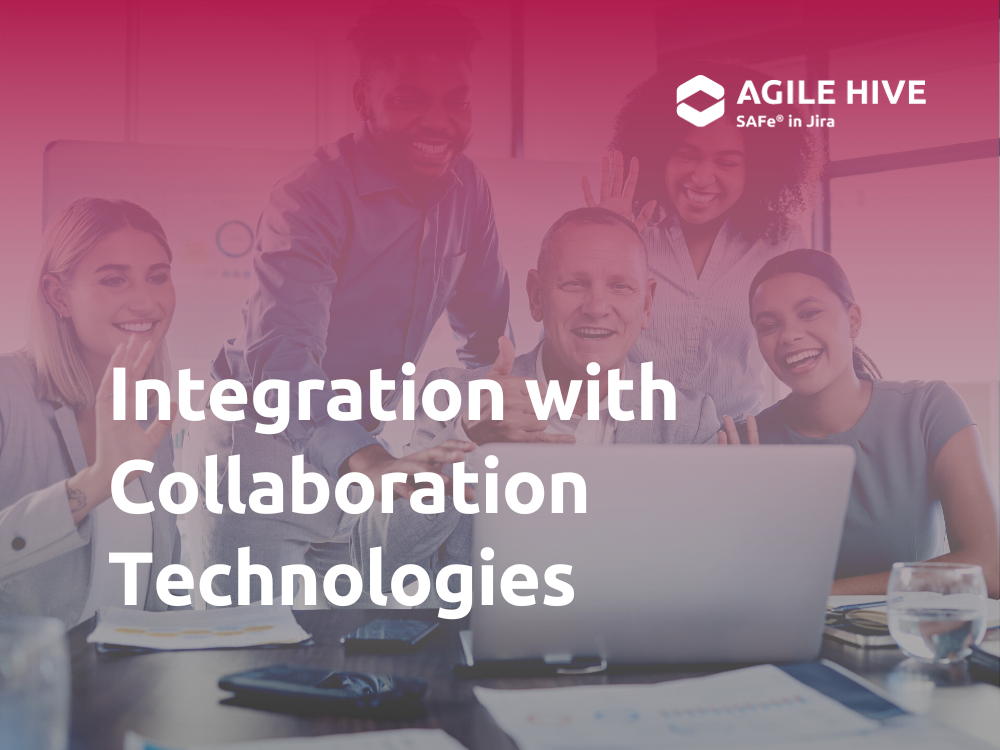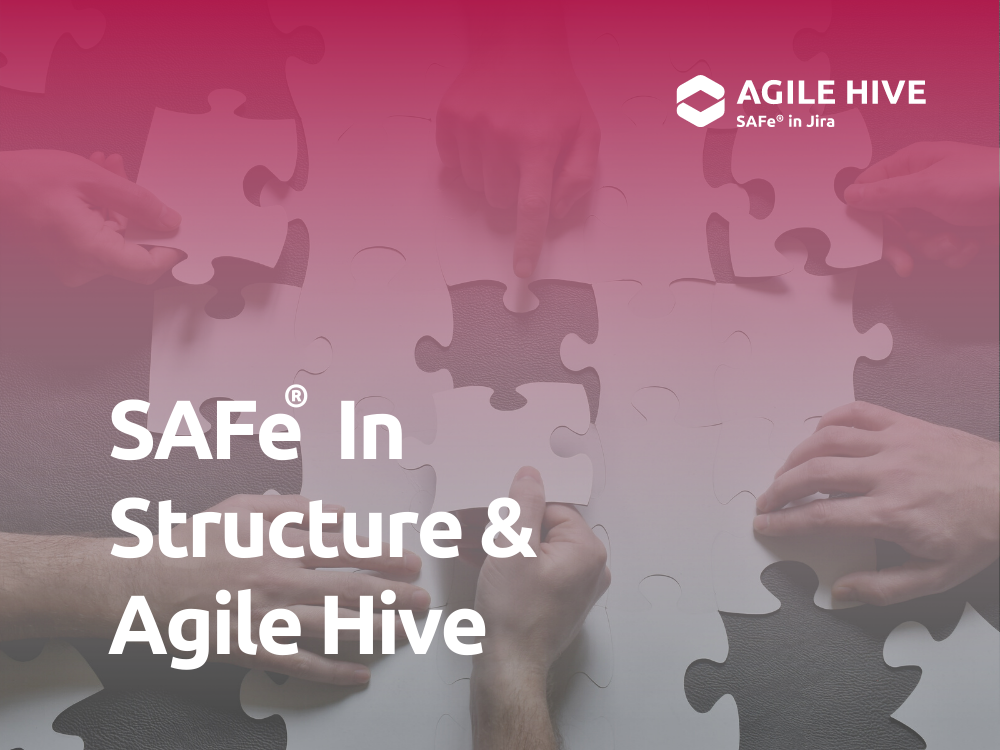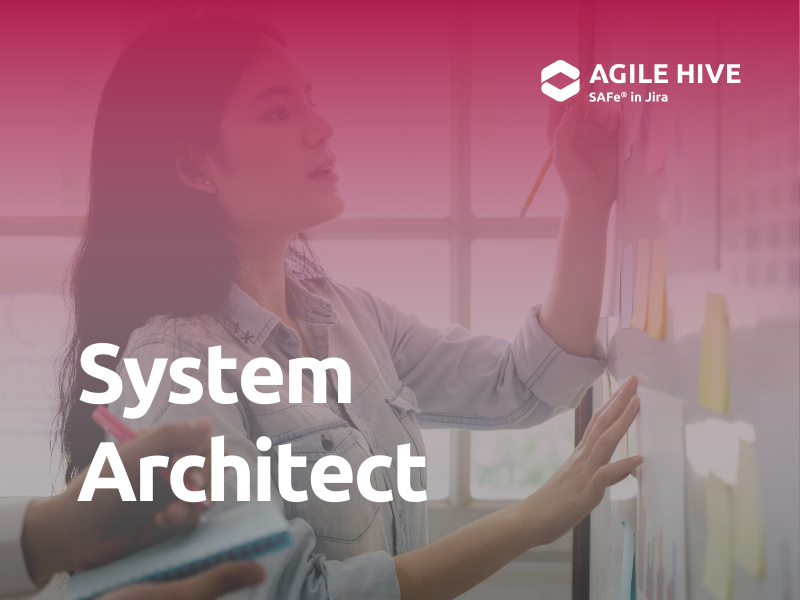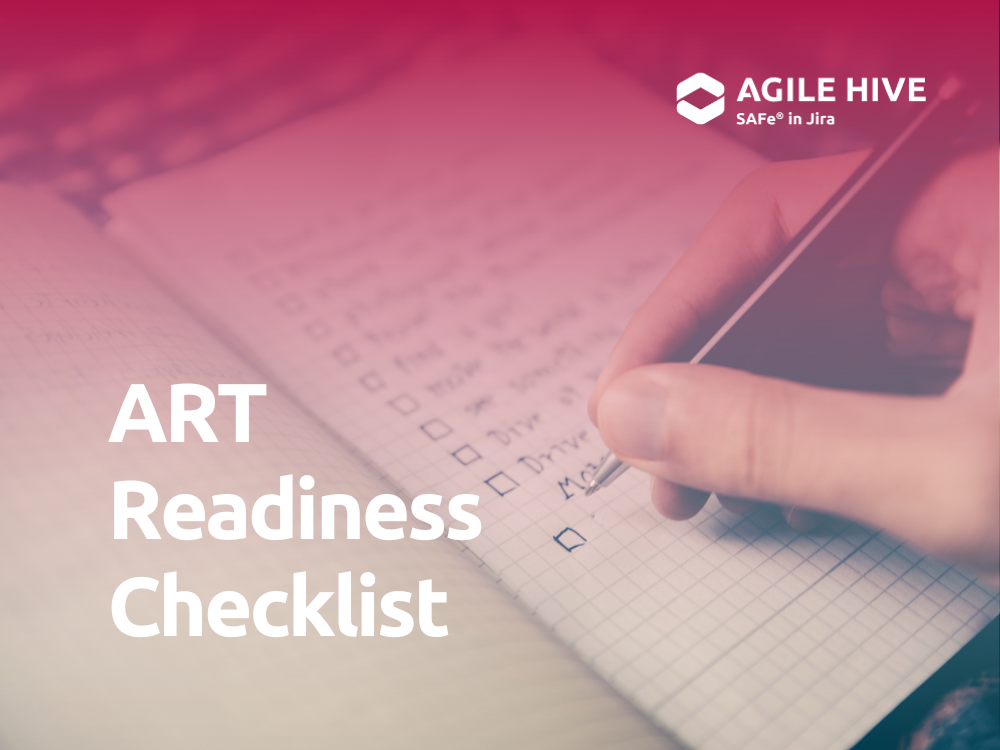What Are Collaboration Technologies
Collaboration technologies are tools or software that allow for group meetings and participation, both in-office and remote, or even a combination of the two. Designed to reduce costs while increasing productivity, these tools enable a more coordinated workflow and problem-solving environment.
This can include conferencing tools such as Google Meet and ZOOM, chat and communications tools such as Slack, Google Chat, and Microsoft Teams, team workspaces and tools like Atlassian’s Confluence, Office 365, Google Workspace, and ZOHO among others. For planning and project tracking tools, Jira, Trello, Asana, Wrike, and Sinnaps occupy this part of the puzzle. Again, the list goes on and on.
Collaboration Done SAFe®-ly
Planning and project management take on a deeper level of organizational and workflow patterns in the context of agile methodology. Increasing emphasis is placed on continuous improvement as part of cross-functional collaboration. Projects are divided into time-chunked phases with recurring planning, execution, and evaluation cycles. Moving this then to the enterprise level of agile methodology, specifically Scaled Agile Framework (SAFe®), this becomes a system for scaling agile not just across teams or units of business, but across entire organizations.
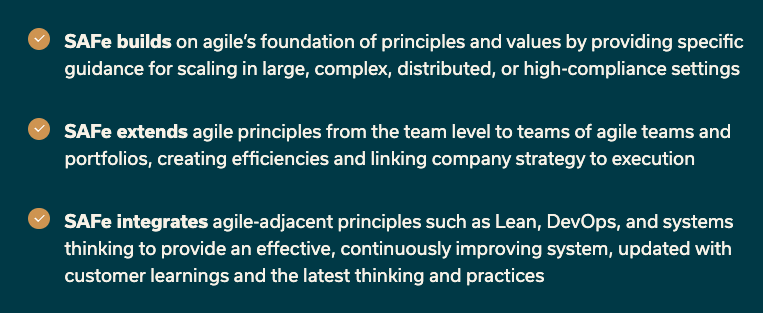
In recent times, the global pandemic affected working environments where many if not all team members were relocated off-site due to health concerns. Fast forward to today, health concerns no longer drive the remote workstyle but rather personal preferences. This comes as the result of extended time working off-site and a growing prevalence of teams being distributed geographically around the globe. As such, collaboration technologies are more crucial than ever.
In the SAFe® article, “Agile Workspaces”, remote workspaces as part of an Agile way of working, indicates the following requirements;
- High bandwidth video and audio connectivity
- Tooling for the team and ART Kanban boards and backlogs
- A wiki or intranet site providing access to Strategic Themes, Portfolio Vision, and other critical information
- Collaboration tools for communication, visualization, and ideation
- Overlapping core hours for the Team Sync, Iteration Planning, demos, and other events
- Commitment to routinely travel to PI Planning events
Agile Hive – “SAFe® In Jira”
Tightly integrated and operating within your Jira instance, Agile Hive has been designed for SAFe® exclusively. Terminology, hierarchies, templates – every aspect of Agile Hive is designed for the framework. Available for both on-premise data centers and cloud, Agile Hive has been a certified Scaled Agile Platform Partner since 2019, guaranteeing users will always be up to date with the latest SAFe® standards.
When we turn to the nuances of collaboration technologies and the requirements mentioned above, let’s discuss some specifics where Agile Hive fits the bill. But first, let’s pull out the ones that are generic and essential for any remote workspace, scaled agile or otherwise; high bandwidth audio and video, overlapping core hours, and commitment to routine travel. These are considerations that obviously fall outside of the scope of software solutions or any particular tool. They are infrastructure, operational, and personnel-related. The organization as a whole must determine how to meet these requirements.
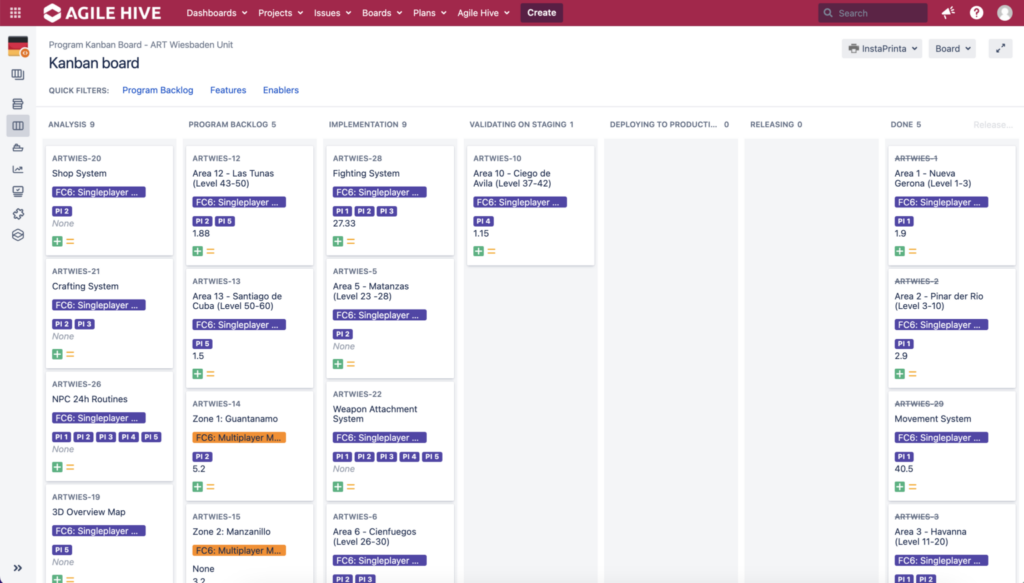
Tight Integration
Although Agile Hive is built within your Jira environment and technically Confluence is optional, it is highly recommended for implementing SAFe® in terms of content, such as Lean Business Cases, Epic Hypothesis Statements, or PI Planning Overviews. There are a number of reasons for integrating Confluence into your Jira instance; the ability to keep all your documentation in one place (e.g. no need to rely on Word or PowerPoint), Confluence is truly a collaborative, real-time environment, and there is transparency for all team members. As such, Confluence plays an essential part in Agile Hive (on-premise). It not only provides the documentation part of the app but is also used for preparing the PI planning.
For instance, when using Agile Hive, the integrated Autopage plugin automatically creates pages with predefined templates that can be used for working with SAFe®. AutoPage creates, links & updates Confluence pages, page trees, and the page content automatically through Jira. This functionality is mostly used to automize the creation of the ‘Epic Hypothesis Statement’, the Weighted Shortest Job First (WSJF) documentation, and the ‘Lean Business Case’. Numerous use cases are possible – think of automated Sprint review & retrospective pages or Release documentation.
Tooling for the Team
To the requirement for tooling for the team(s), ART Kanban boards, and backlogs, well now we’re speaking Agile Hive’s language. Using Agile Hive’s integrated Kanban and backlog boards at all levels of SAFe®, users can visualize their progress at any point in time.
Collect, analyze, review, and prioritize your teams’ Features and other issues and hierarchically link Features with issues from a higher level like Capabilities (Solution Train) or Portfolio Epics via drag-and-drop. Additionally with automated ART Boards, for PI planning and management, you’ll have the ability to view all sprints and dependencies, ART PI objectives, and risks as Agile Hive is updating and tracking it all.
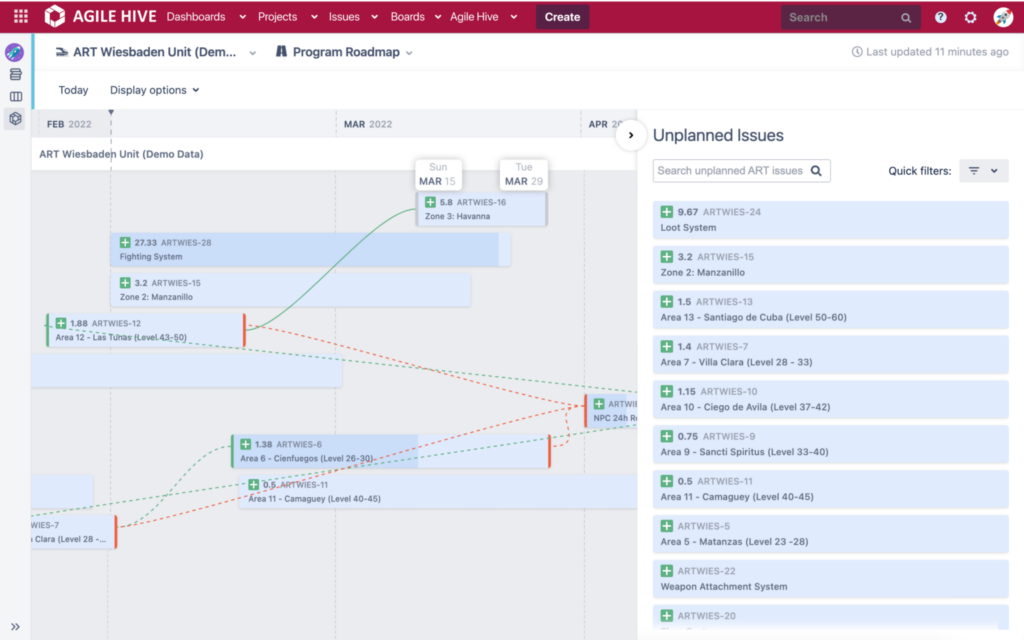
PI and date details are automatically reflected in related issues.
Now, let’s turn to the topic of having access to Strategic Themes, Portfolio Vision, and the like. With Agile Hive, the respective Portfolio is able to collect, analyze, review, and prioritize Portfolio Epics and Enablers. Additionally, it allows you to link them directly with Strategic Themes.
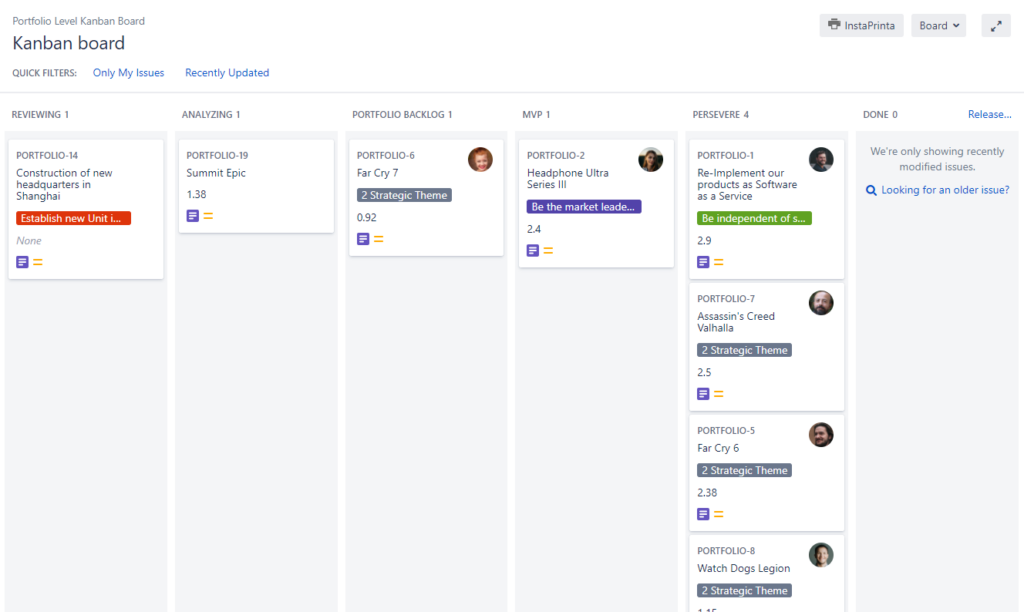
At the Portfolio level, either remote or in-person, team members are able to capture and update critical information. This includes details such as epic owner, time criticality, and job size.
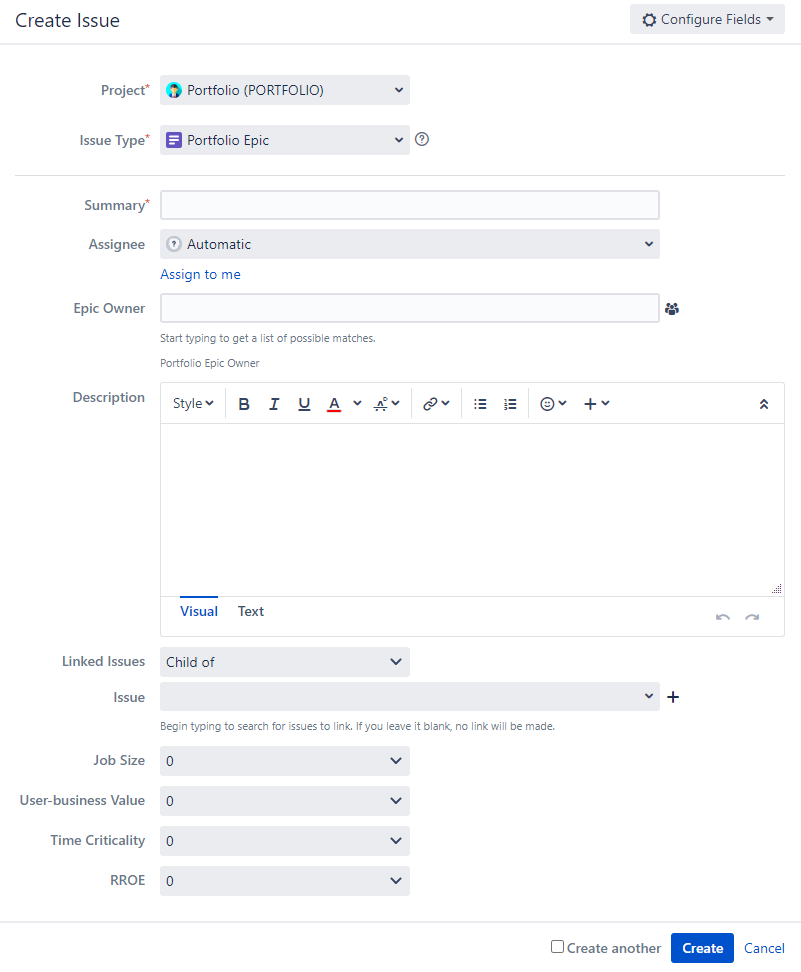
Communication, Visualization, and Ideation
In this last criterion for agile remote workspaces, we again see Agile Hive stepping to the plate. Filling the role of the “Single Source of Truth” (SSOT). Integrated directly into Jira, Agile Hive definitely fits the need for visualizing and mapping relationships and dependencies.
Diagramming and visualization tools that sit outside of the Atlassian ecosystem are often accidents waiting to happen. In the realm of the RTE, Agile Hive provides the ideal platform for collaboration. Additionally, also for System Architects and user experience designers. These individuals often model the workflow of system usage, both from the end-user perspective and under-the-hood implementation perspective. Ensuring alignment for system demo scenarios, and supporting analysis and collective ownership, is vital for efficiency in an agile process.
Keep top of mind a key SAFe® concept, Design Thinking. This is “a customer-centric development process that creates desirable products that are profitable and sustainable over their lifecycle”. Agile Hive as the SSOT gives that 360° view, ensuring transparency and alignment across the organization from beginning to end.
Agile Hive’s ability to visualize the work taking place across the ART, identify dependencies and bottlenecks, and measure flow are a few areas among many where it keenly fulfills the needs of agile workspaces – remote, in-person, and hybrid.
Collaborate On An Entirely Different Level
Interested in seeing firsthand how Agile Hive becomes a critical part of your organization’s collaboration technologies? We’d love to speak with you. There’s a wealth of additional resources here on our website including our white papers, videos, and documentation.
